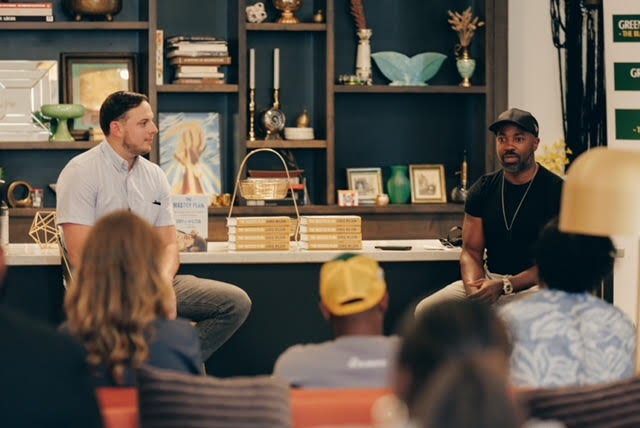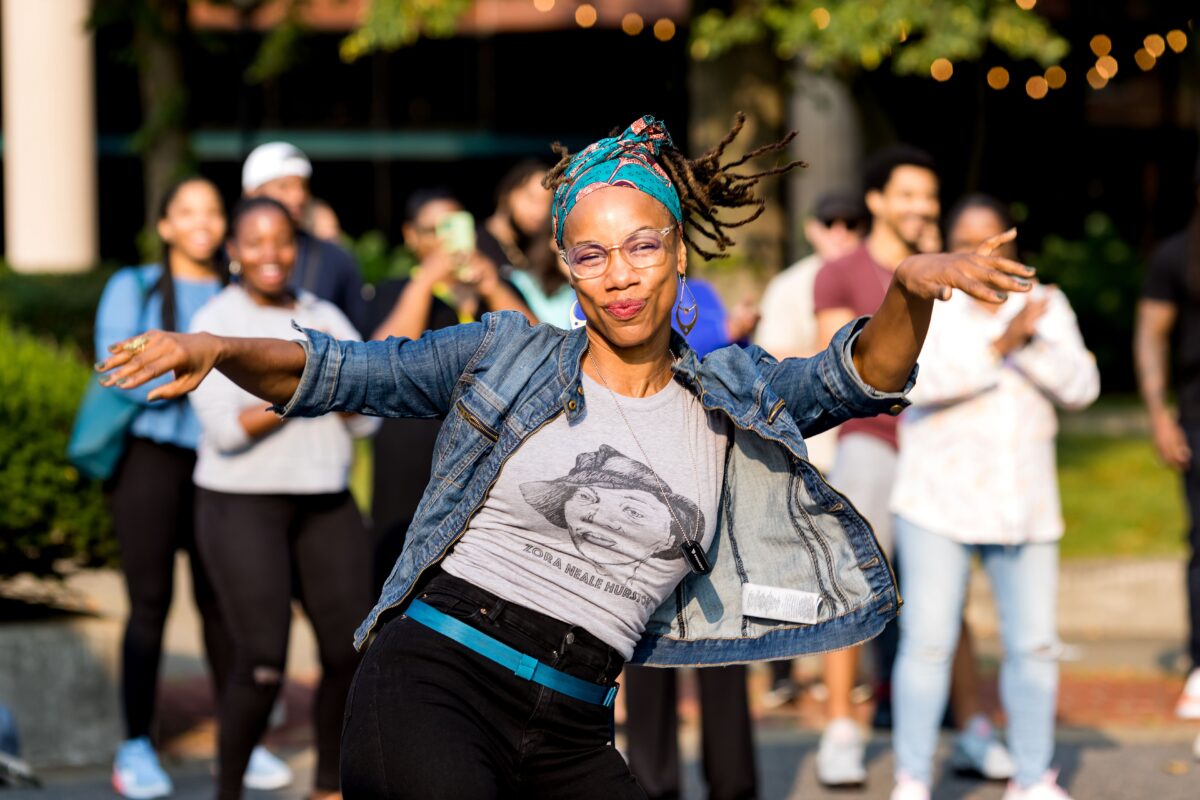Breakout, a self-described social purpose agency primarily supported by brands and foundations, uses its films, events, resources and support to drive economic development and awareness of social issues in cities throughout the United States.
According to CEO and cofounder Michael Farber, his organization’s selection of what cities to prioritize showcases a deliberate blend of personal connection, community needs and the quest for genuine impact.
By venturing beyond industry-centric or location-bound events. Breakout aims to break affordable ground in bringing diverse mission-driven leaders together where comparable convenings or founder communities might be costly to be a part of or have strict membership requirements.
“Breakout’s aim is to foster a diverse community that goes beyond financial benchmarks or traditional success metrics, allowing individuals from various backgrounds and aspirations to engage and contribute to the collective mission of driving positive change,” said Farber. “Prospective members have to have about 13 million in revenue to join groups like YPO, which means there are droves of inherently wealthy multi-generational families who become a part of such groups; and, obviously, there’s a requirement of having been wildly successful in their business. But that’s a hardened path, and there are a lot of amazing people who may never meet that threshold.”

Farber emphasized that this model works for those groups, but Breakout, which he created alongside a cofounder who exited the project in 2019, takes a different approach.
“For us, we wanted to create a next-gen community that was industry-agnostic and solely focused on bringing people together,” he said. “Whether you’re a founder, leading teams at larger organizations driving change and progress, or simply an entrepreneurially minded individual, we wanted to provide a space for collaboration and connection,” he explains.
Breakout events like a recent convening in Tulsa, Oklahoma (which this reporter attended) represent one avenue for how Breakout brings people.
“At the same time we champion the work being done on the ground in cities like Detroit at the invitation of Quicken Loans, Portland for a more “outdoorsy” vibe, Nashville to support a friend’s new cool bed and breakfast and for reasons with more gravitas — like Baltimore after the tragedy of Freddie Gray’s murder,” he added.
Breakout has been a driving force in various cities for nearly a decade, shattering the conventional image of high-end, glitzy showcases.“It focuses on unveiling the authentic cultural tapestry of each participant city through immersive three- to four-day trips. By highlighting local chefs, entrepreneurs and entities that embody the city’s ethos, Breakout urges Breakers and their similarly minded peers to recognize the richness and diversity woven into a city’s cultural fabric.
Below, here’s more about the triumphs and what’s next for Breakout. This interview has been edited for length and clarity.
Who from your community of “Breakers” are your favorite success stories?
While our mission and impact may be difficult to quantify, we continue to make meaningful connections and foster positive change. The ripple effects of these connections are far-reaching:
- From Chris Wilson, who met us during Breakout Baltimore and went on to secure a book deal and film project, to the collaborations and support that have emerged in various communities, Breakout’s influence extends beyond the surface, empowering individuals and organizations to thrive and make a difference.
- After Breakout Newark, the Robert Wood Johnson Foundation wrote a check to the team at The Good Project in DC for $350,000, which has allowed that team to further its work in providing wraparound services for housing projects.
- Part of our decision to go to Pittsburgh was influenced by Leon Ford, who was just featured on “Good Morning America” for his new book, “An Unspeakable Hope: Brutality, Forgiveness, and Building a Better Future for My Son.” He highlighted the unique sense of community in Pittsburgh and the need to bridge the gap between grassroots and institutional leaders — particularly within the Black community.
- We loved the coverage of Breaker Kondwani Fidel in The Atlantic following the release of the film we released about his life and work as a poet in Baltimore.

What’s Breakout’s impact by the numbers?
To date, the Breakout community is made up of 2,000+ leaders across 40 US cities. Over $2 million has been reinvested into the community across the US through Breakout events, and we have provided guidance on over $5 million in grants. Foundations and individuals have reached out to us for recommendations in specific markets, leading to direct financial support for entrepreneurs and community organizations.

Where is Breakout headed next?
Well, I’m having discussions with three funders tomorrow at 4, specifically about Detroit. We’ll see how it goes, but they are interested in exploring the possibility of us organizing an event there. Detroit has a vibrant community, and it would be a significant full-circle moment for us since we haven’t been there since 2016. There have been many changes, and I believe we could move quickly because of our previous experiences and the amazing community we have built. So, Detroit is highly likely.
Additionally, we are in talks to bring Breakout back to Atlanta and Miami, which we have done in the past. However, there’s also Houston, which is the dark horse candidate that I personally hope we can pursue since we have never done an event there before.







